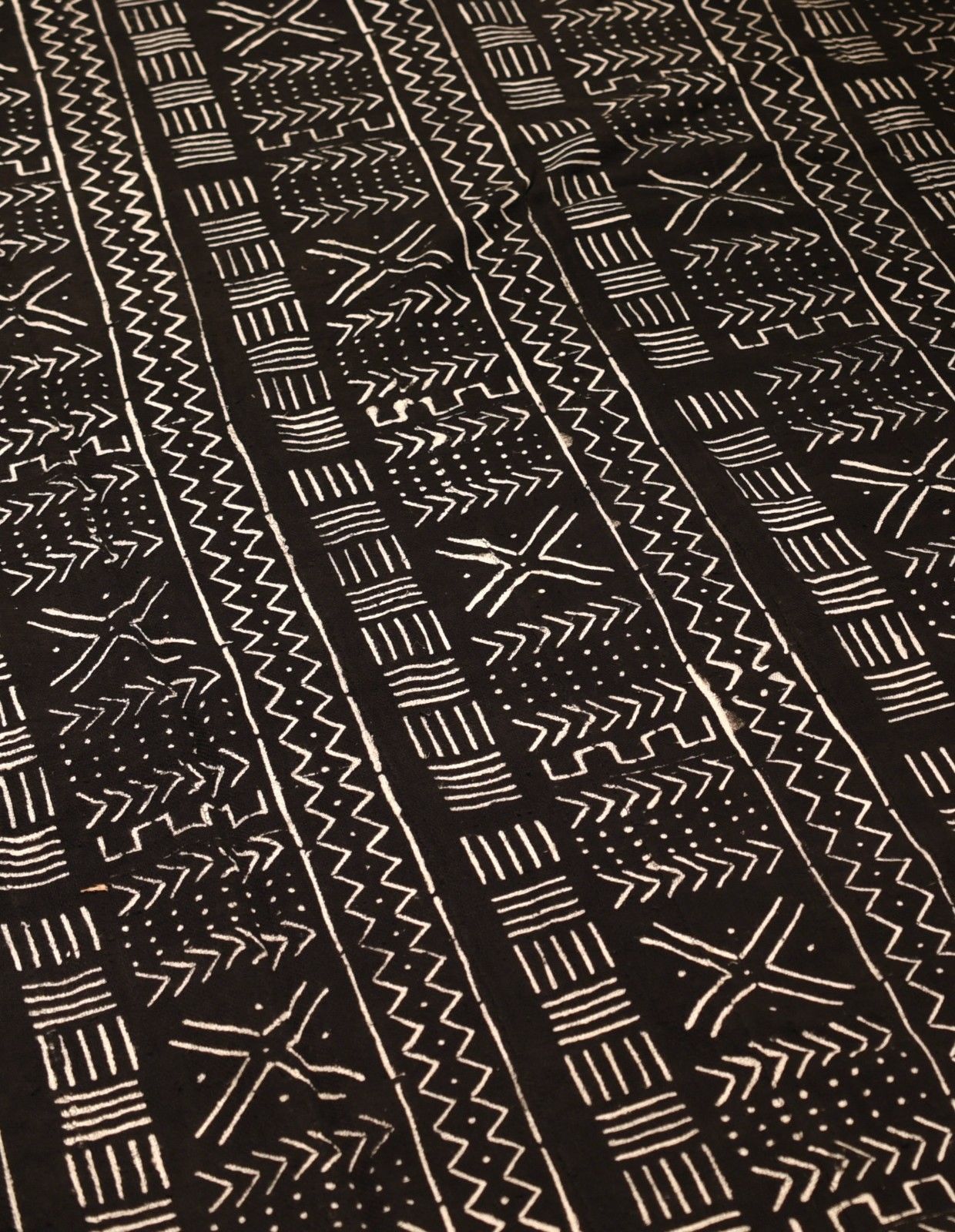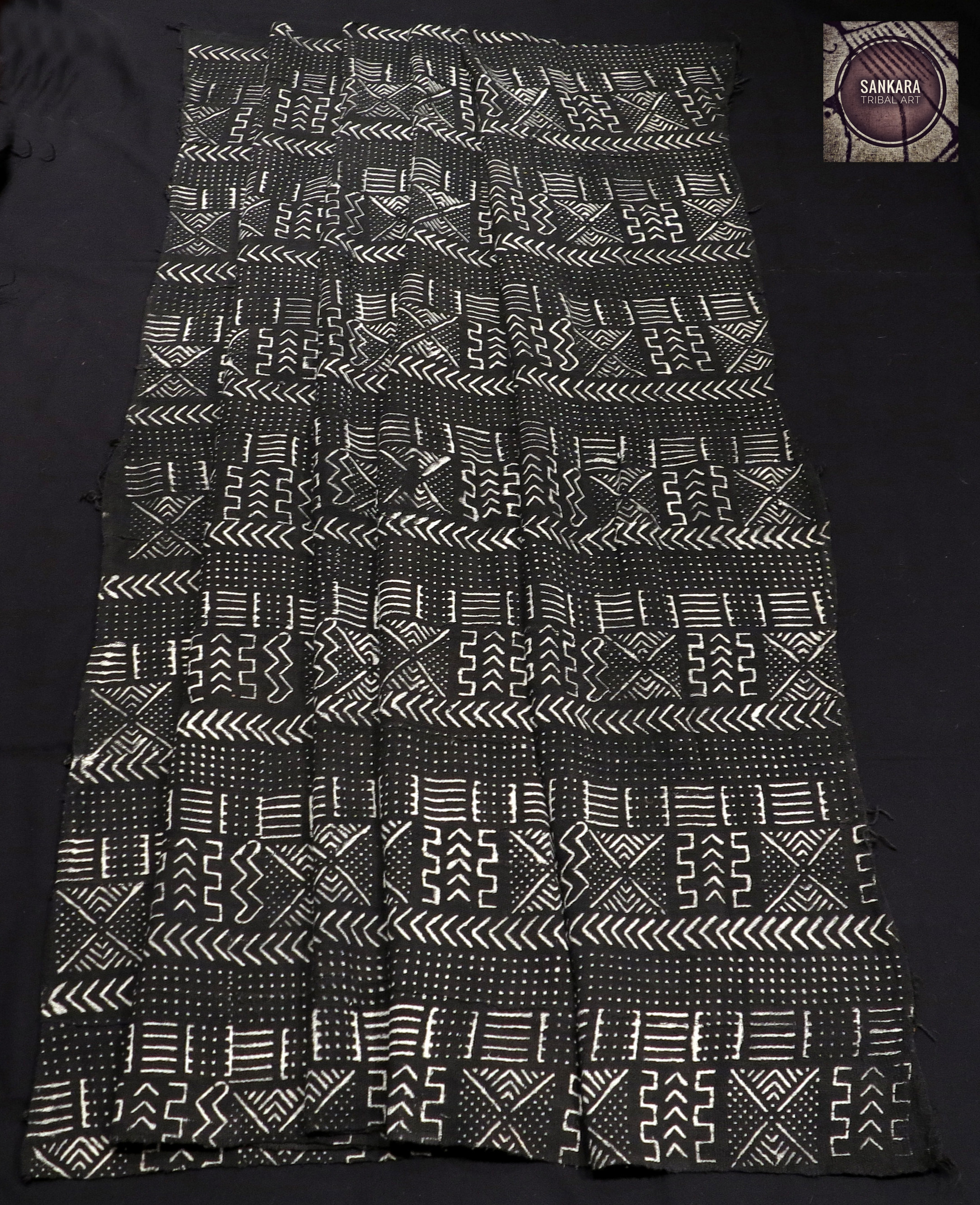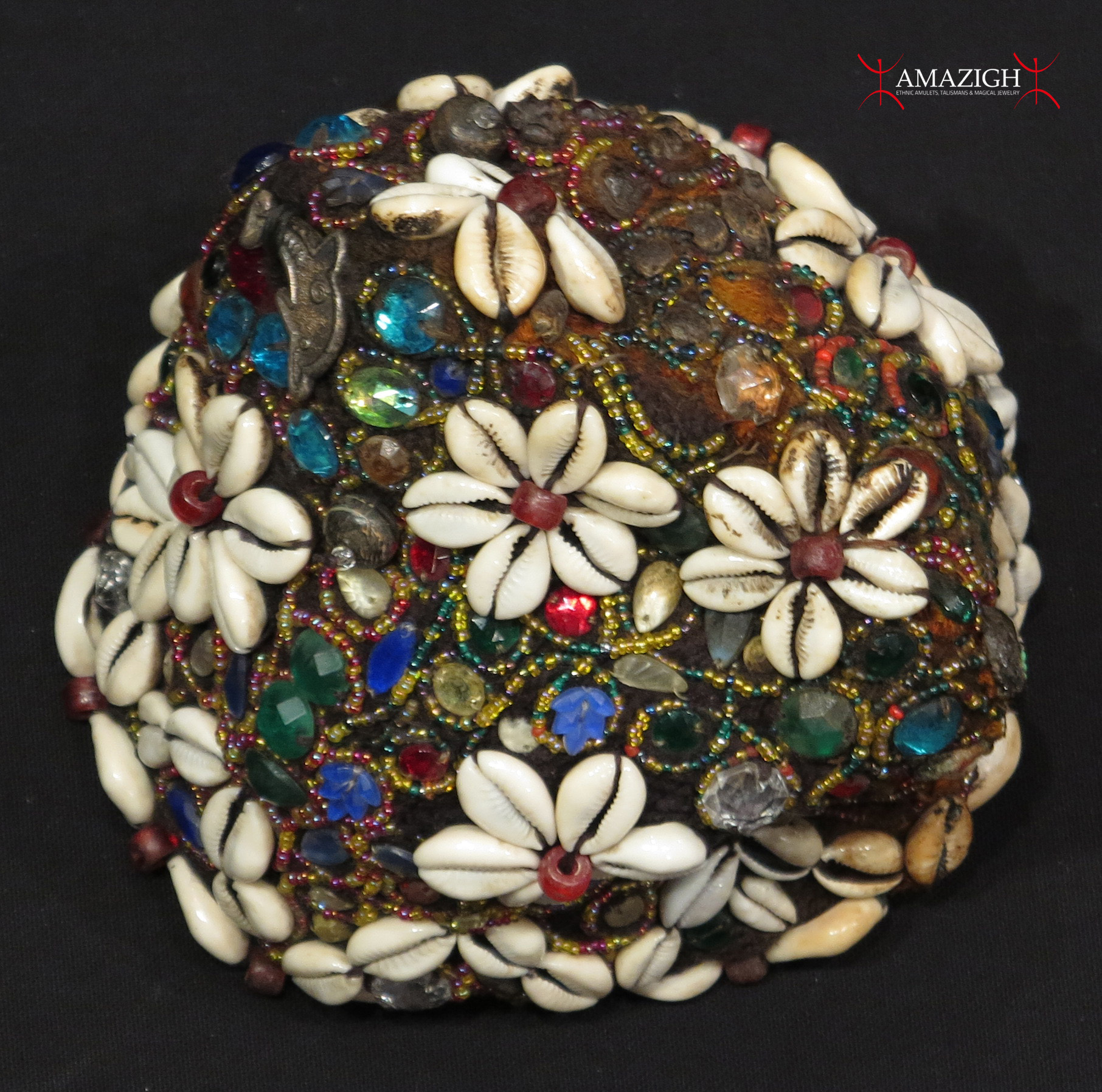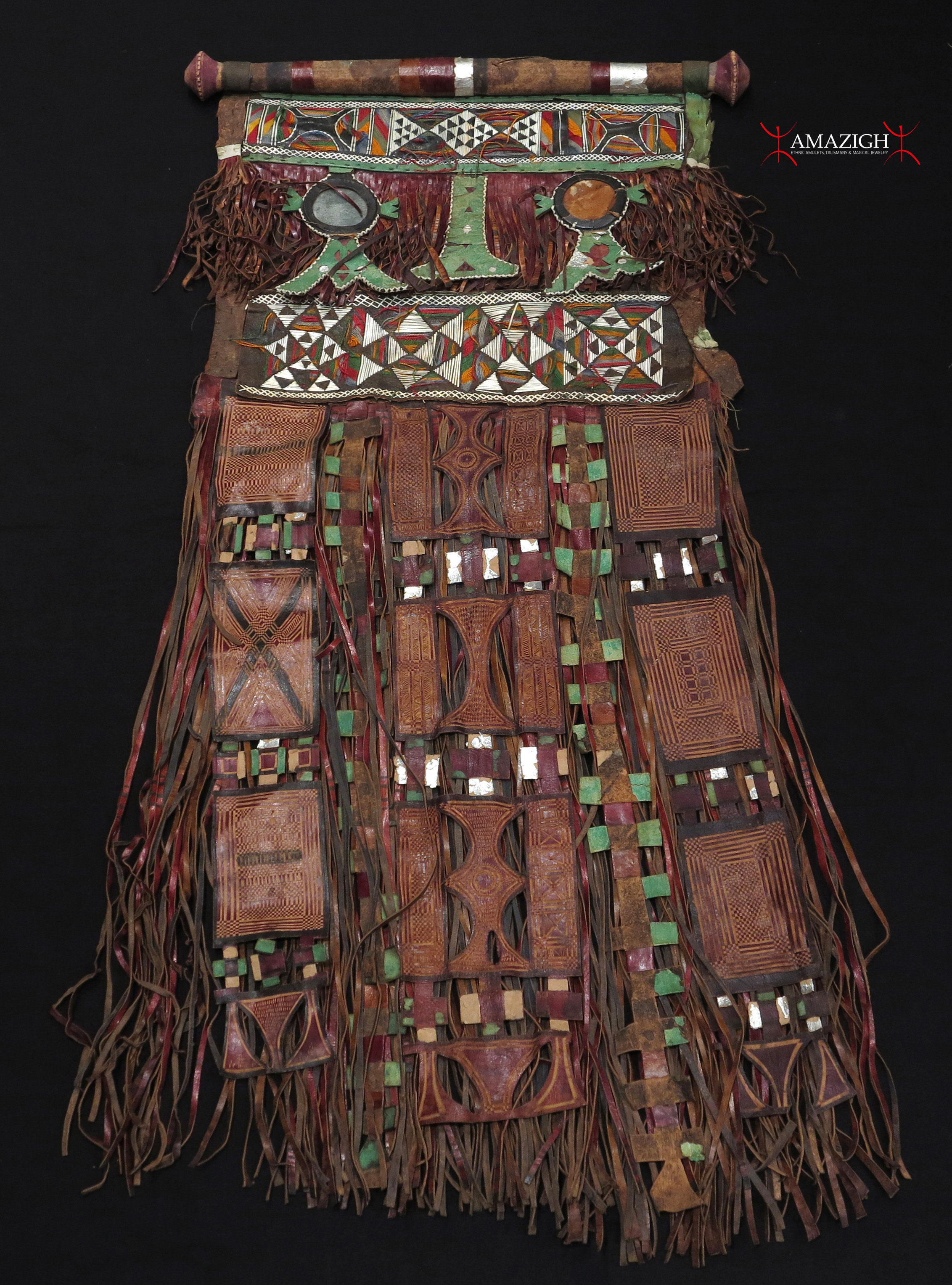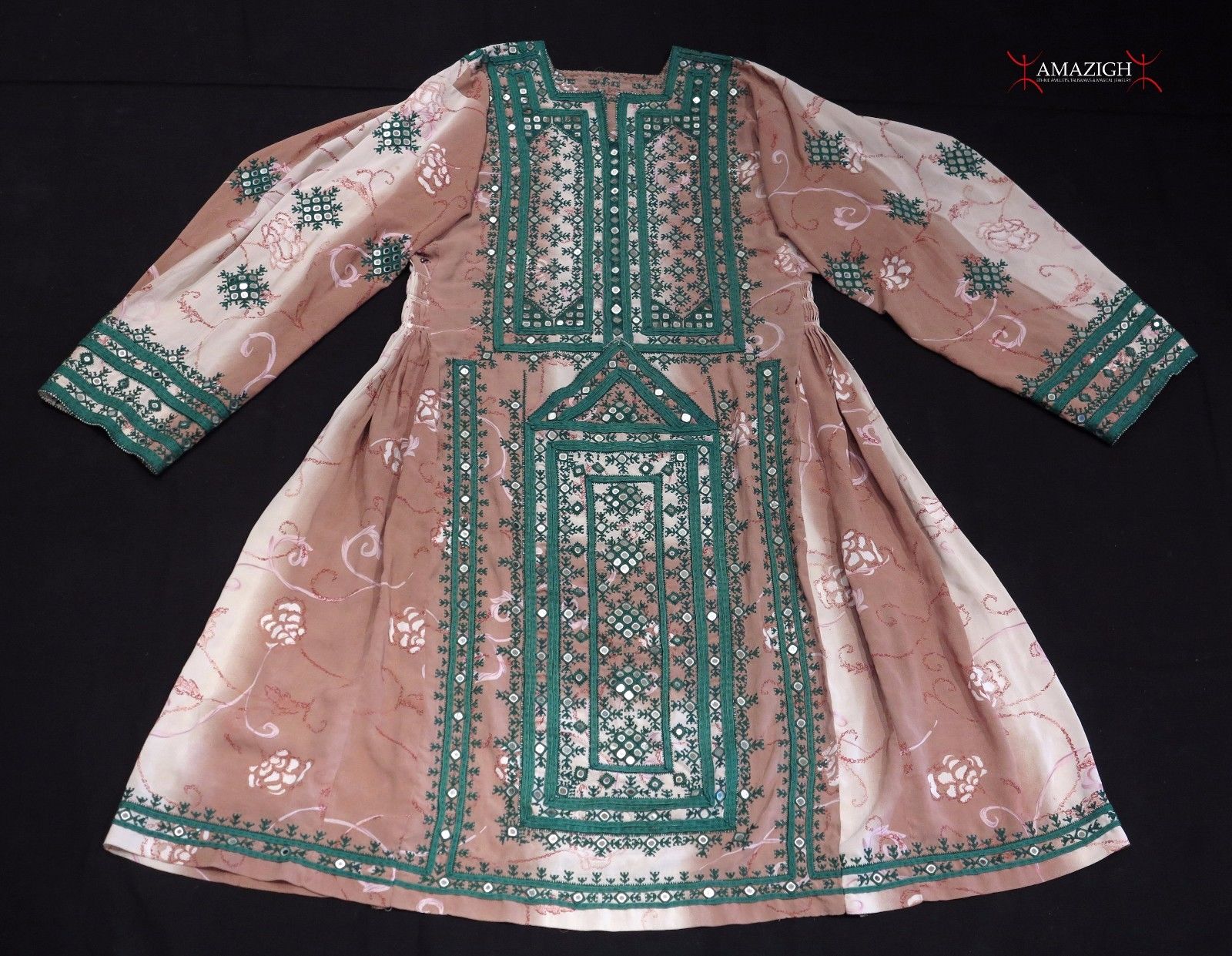Black & White Cotton Bogolan – Mali
Cotton; approx. cm. 155,0 x cm. 215,0 (61.02″ x 84.64″). Handmade Malian cotton fabric traditionally dyed with fermented mud. It has an important place in traditional Malian culture and it’s a symbol of Malian cultural identity. In traditional bògòlanfini production, men weave the cloth and women dye it. On narrow looms, strips...

